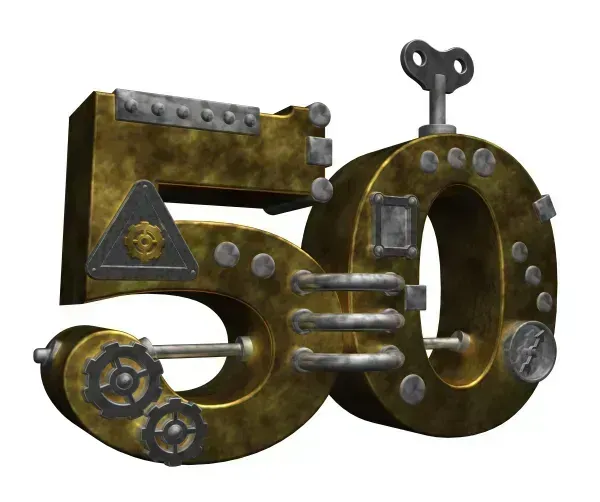Grasp Fundamental Differences Between Indirect, Direct, Flexible Laryngoscopy
Question: An established patient came in for an office visit (99212) for a chronic sore throat. During the visit, the ENT examined the patient's throat through a flexible laryngoscope insertion via the patient's nose. Does this qualify as a direct or indirect laryngoscopy? Can it be billed with an evaluation and management (E/M) visit? Also, the provider did not administer any anesthesia. Would that change the way I code this procedure? Florida Subscriber Answer: You may bill this procedure alongside code 99212 (Office or other outpatient visit for the evaluation and management of an established patient, which requires at least 2 of these 3 key components ...). This procedure actually qualifies as a flexible laryngoscopy, rather than direct versus indirect. Identifying a direct versus indirect laryngoscopy comes down to a few different factors. First, you can immediately rule out an indirect laryngoscopy if the provider inserts a laryngoscope through the nostril. An indirect laryngoscopy is labeled as such because of the nature of the examination. The provider inserts a laryngeal mirror toward the back of the patient's throat. The provider will then examine the larynx through the mirrored attachment. Patients typically do not require anesthesia for this procedure. An indirect laryngoscopy may occasionally be coded in addition to 99212 using code 31505 (Laryngoscopy, indirect; diagnostic [separate procedure]). However, since the examination of the patient's throat via a mirror exam is part of a standard exam, there is little call to code 31505 with an E/M service. Credit for the mirror exam was captured via the larynx, hypopharynx, and nasopharynx bullets in the exam documentation. The 31505 code is typically only billable when it is the only service provided. An indirect laryngoscopy, aka, mirror exam has become an obsolete service as its own CPT® code. A direct laryngoscopy, on the other hand, is when the provider passes the endoscope through the patient's mouth and examines the anatomy of the mouth, oropharynx, hypopharynx and larynx. Because of the gag reflex, the physician may only perform a direct laryngoscopy under sedation or general anesthesia. Lastly, a flexible laryngoscopy is when the provider examines the larynx using a flexible laryngoscope, which enters through the patient's nose and is snaked through the nasopharynx to the hypopharynx and larynx. The laryngoscope has a camera at the end of it, so instead of using a mirror, the provider examines the larynx directly. Flexible laryngoscopy procedures are usually performed with topical anesthesia applied to the nose and throat. However, the provider may counsel the patient to determine whether or not he or she can tolerate the procedure without the use of any anesthetic agent applied during a nasal insertion. Topical anesthetic is not necessary for a flexible laryngoscopy via the nasal canal. There may be reasons that the provider performs a flexible laryngoscopy with sedation or general anesthesia, such as when performing a drug-induced sleep endoscopy (DISE) to evaluate the cause of a patient's sleep apnea. In addition, pediatric patients often need to be brought to the operating room (OR) to have flexible laryngoscopy procedures performed under sedation. The coding for a diagnostic flexible laryngoscopy does not change whether the provider performs the procedure under local anesthesia or if it is performed under sedation. You will apply code 31575 (Laryngoscopy, flexible; diagnostic) in addition to 99212-25. You'll add modifier 25 (Significant, Separately Identifiable Evaluation and Management Service by the Same Physician or other qualified health care professional on the Same Day of the Procedure or Other Service) to the E/M service to show the payer that the E/M service is significant and separately identifiable from the minor procedure (31575).




